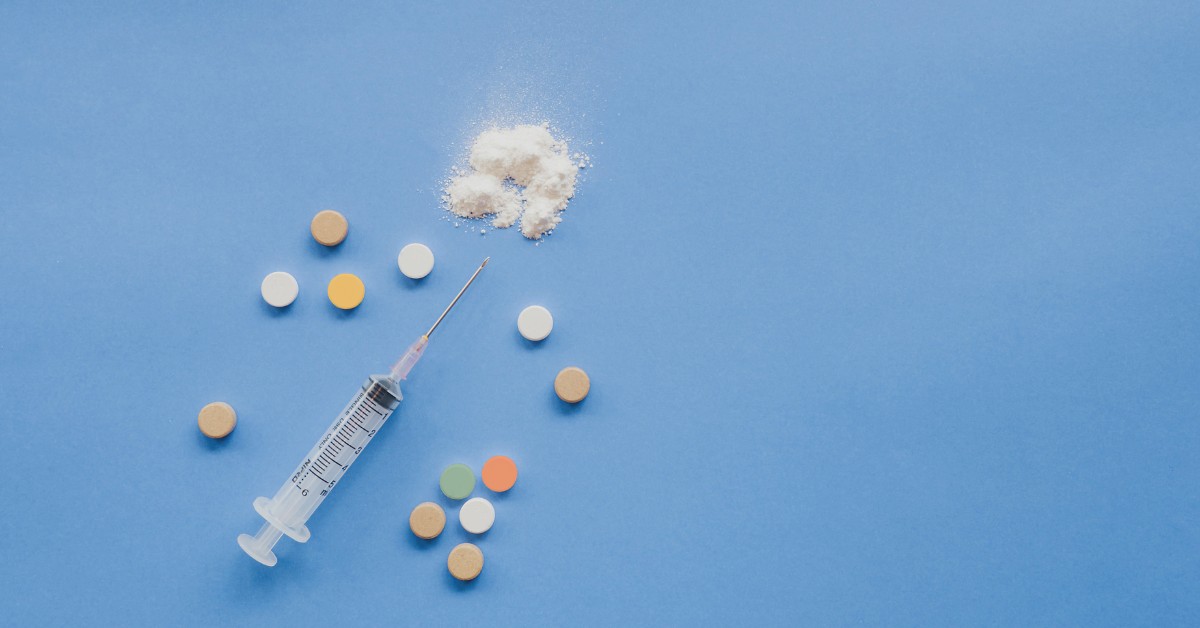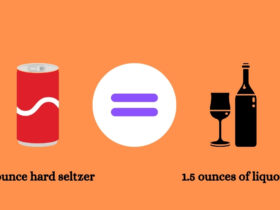When people misuse drugs, they’re often chasing a certain feeling—euphoria, pleasure, or relief from pain or stress. Scientifically, these feelings usually have a common root: dopamine. Dopamine is a chemical messenger in the brain that plays a major role in reward, motivation, and pleasure. So, to give a direct answer: drugs that affect the brain by increasing dopamine activity are the most commonly misused ones.
But how exactly does dopamine make certain drugs more addictive? And why do so many people end up relying on substances that target this one neurotransmitter? Let’s explore what makes dopamine-driven drugs so powerful—and dangerous.
What Is Dopamine, and Why Does It Matter?
Dopamine is often called the “feel-good” chemical, but that’s oversimplifying its role. It helps regulate mood, motor control, reinforcement learning, and reward processing. When you eat something delicious or receive praise, your brain releases dopamine to signal pleasure and reinforce the behavior.
This natural system works beautifully—until it’s hijacked by drugs.
Substances like cocaine, methamphetamine, prescription opioids, and even alcohol can flood the brain with dopamine or interfere with how it’s recycled. This overload rewires your brain’s reward system, making you crave the substance again and again.
How Dopamine-Boosting Drugs Work
These drugs either directly increase dopamine levels or trick the brain into releasing more than usual. Here’s how some of them operate:
- Cocaine blocks the reuptake of dopamine, meaning it lingers in the brain much longer, intensifying its effects.
- Methamphetamine not only blocks reuptake but also increases the release of dopamine, creating a double surge.
- Opioids (like heroin or oxycodone) bind to opioid receptors but also trigger a cascade that ultimately boosts dopamine.
- Nicotine stimulates dopamine release in key brain regions, reinforcing the urge to continue smoking or vaping.
Once your brain is used to this unnatural high, it struggles to feel “normal” without the substance. This is a major reason why people relapse even after periods of sobriety.
Why These Drugs Are Commonly Misused
1. They Feel Good—Fast
One reason dopamine-boosting drugs are misused is that they produce almost immediate pleasure. Cocaine, for example, can cause euphoria in seconds when smoked or snorted. This intense reward acts as a powerful motivator to repeat the experience.
2. The Brain Learns to Depend on Them
Dopamine is central to learning and habit formation. When drugs flood your system with dopamine, the brain “remembers” the behavior that caused it. This is how cravings are born. Even long after someone has quit, a simple cue—like a place or smell—can trigger intense cravings.
3. Some Are Legally Available
Prescription drugs like Adderall, Ritalin, and opioids increase dopamine activity and are legally available for ADHD or pain relief. But when used without medical supervision, they can quickly lead to misuse and dependence. According to the National Institute on Drug Abuse (NIDA), prescription stimulants and painkillers are among the most misused drugs in the U.S.
Source: https://nida.nih.gov
4. They Reduce Anxiety and Emotional Pain
Drugs that affect dopamine also often interact with other brain chemicals like serotonin and norepinephrine. This makes them effective at masking emotional pain, which is another reason why people turn to them in times of stress, trauma, or depression.
The Consequences of Misuse
Dopamine-driven drug misuse can lead to serious consequences:
- Addiction: A chronic brain disorder characterized by compulsive use despite harm.
- Tolerance: Over time, users need more of the drug to feel the same effect.
- Withdrawal symptoms: Anxiety, fatigue, and depression when the drug is stopped.
- Health risks: Heart disease, stroke, cognitive decline, and mental illness.
It’s not just long-term users who face danger. Even a single use of a high-dose drug like fentanyl—which affects dopamine pathways—can result in overdose and death.
My Personal Perspective
I once had a close friend who struggled with methamphetamine addiction. He told me it wasn’t the high that kept him going back—it was the low he couldn’t bear when he stopped. Without the drug, life felt flat, hopeless, and meaningless. That’s dopamine imbalance in action. Watching him go through rehab, relapse, and recovery gave me a clearer understanding of how powerful these substances can be. It also showed me the importance of awareness and early intervention.
Treating Dopamine-Driven Addiction
Recovery is possible, but it takes time and support. Treatments include:
- Behavioral therapy (like Cognitive Behavioral Therapy and contingency management)
- Medication-assisted treatment for opioid and nicotine addiction
- Support groups and community programs
- Mindfulness and exercise, which help the brain naturally restore dopamine levels
New research is also looking at how to repair or reset the brain’s dopamine system after long-term abuse. But for now, prevention and education remain the most effective tools.
How to Stay Safe
If you or someone you know is dealing with substance misuse, here are a few practical tips:
- Avoid recreational use of prescription drugs
- Know your family history, as addiction often has a genetic component
- Practice stress-relief methods that don’t rely on substances
- Educate yourself on how drugs impact your brain and decision-making
You can also find help through the SAMHSA National Helpline: 1-800-662-HELP (4357), which is free and confidential.
For more detailed research on the effects of dopamine and drugs, visit Harvard Health.
Final Thoughts
Drugs that affect the brain by increasing dopamine activity are, without question, among the most commonly misused substances. Their appeal lies in how they hijack our natural reward system—offering short-term pleasure while causing long-term harm. But knowledge is power. When we understand how these drugs work, we’re better equipped to make informed decisions and help those who are struggling.







Leave a Reply